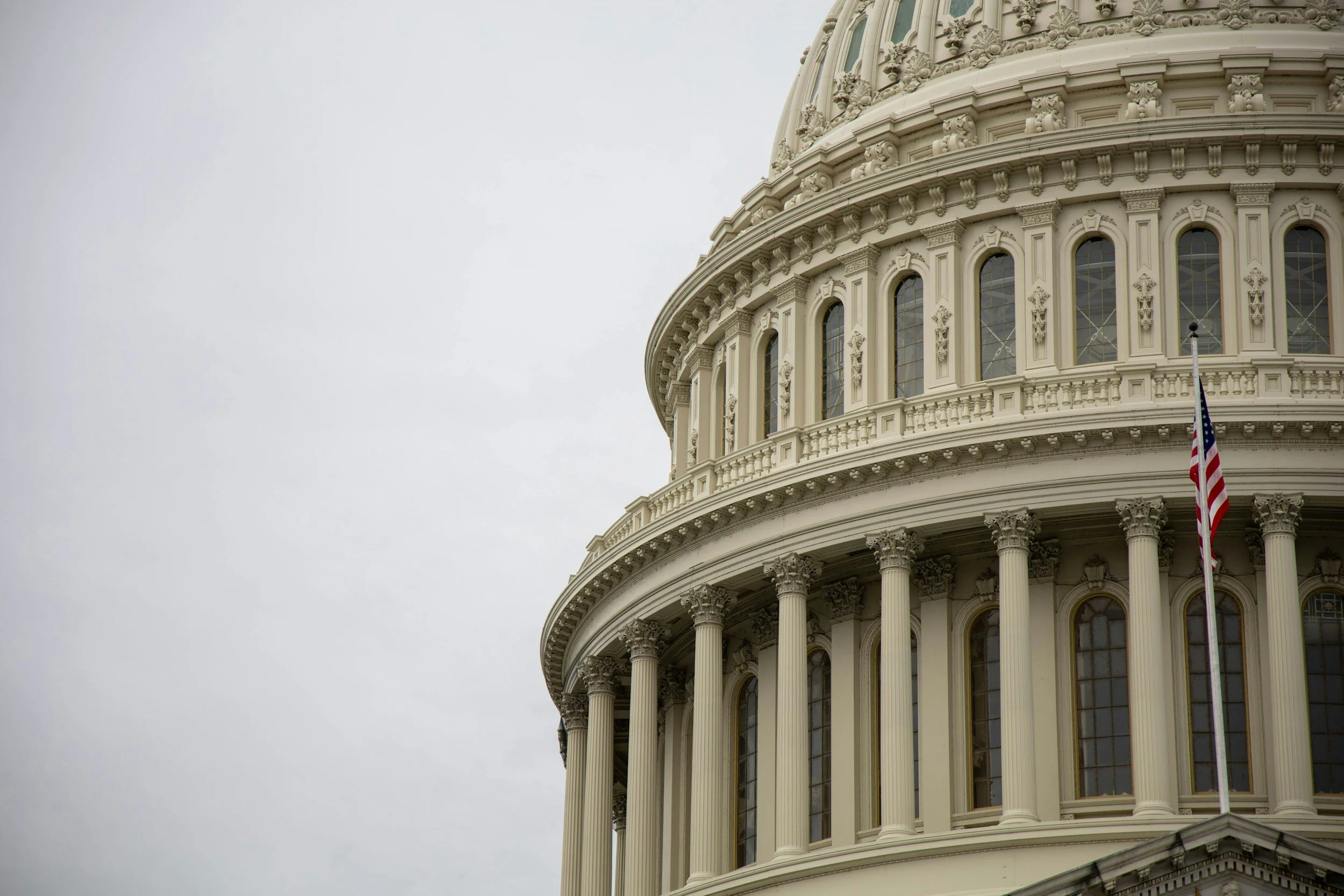Immigrant workers who are the victims of labor exploitation are often faced with a difficult choice: report the coercive conduct, or remain silent out of fear of retaliation and immigration consequences. Under a new Department of Homeland Security policy, noncitizen workers have been given a shield: a promise by ICE that any worker who comes forward to report labor abuses will be protected from deportation.
Under the new policy, announced on January 13, noncitizen workers who are either the victim of, or a witness to, any violation of labor rights can receive “deferred action,” temporary permission to remain in the United States legally. Deferred action also comes along with eligibility to apply for work authorization, which can ease a noncitizen’s transition to a new employment relationship.
This new process expands on other worker-friendly policies adopted by the Biden administration. In October 2021, Department of Homeland Security Secretary Mayorkas issued a memorandum ordering DHS to halt large worksite raids and instead to focus its efforts on targeting unscrupulous employers.
Taken together, these policies represent some of the strongest efforts by any presidential administration to protect vulnerable immigrants from labor exploitation.
Read more about the new policy at Immigration Impact.





